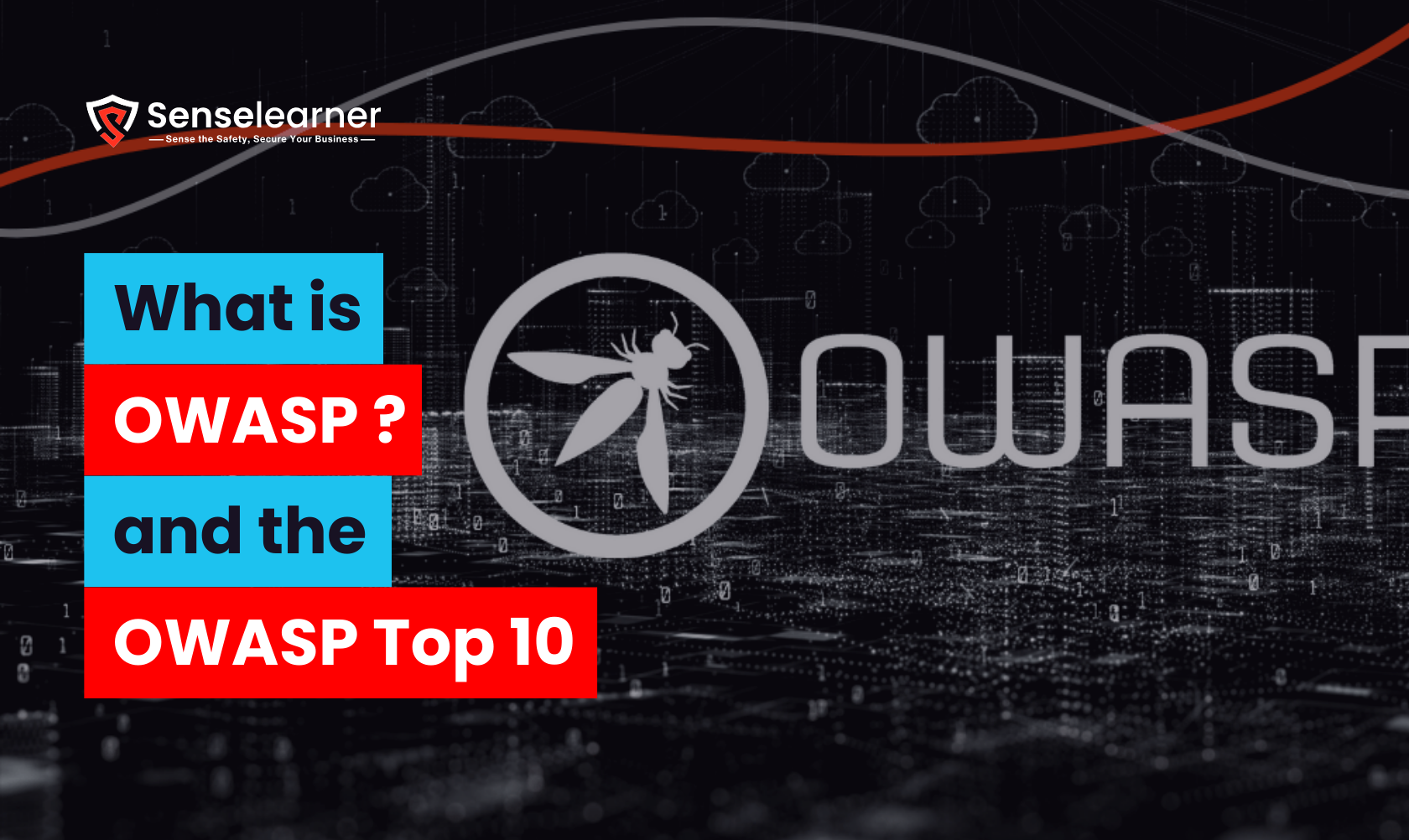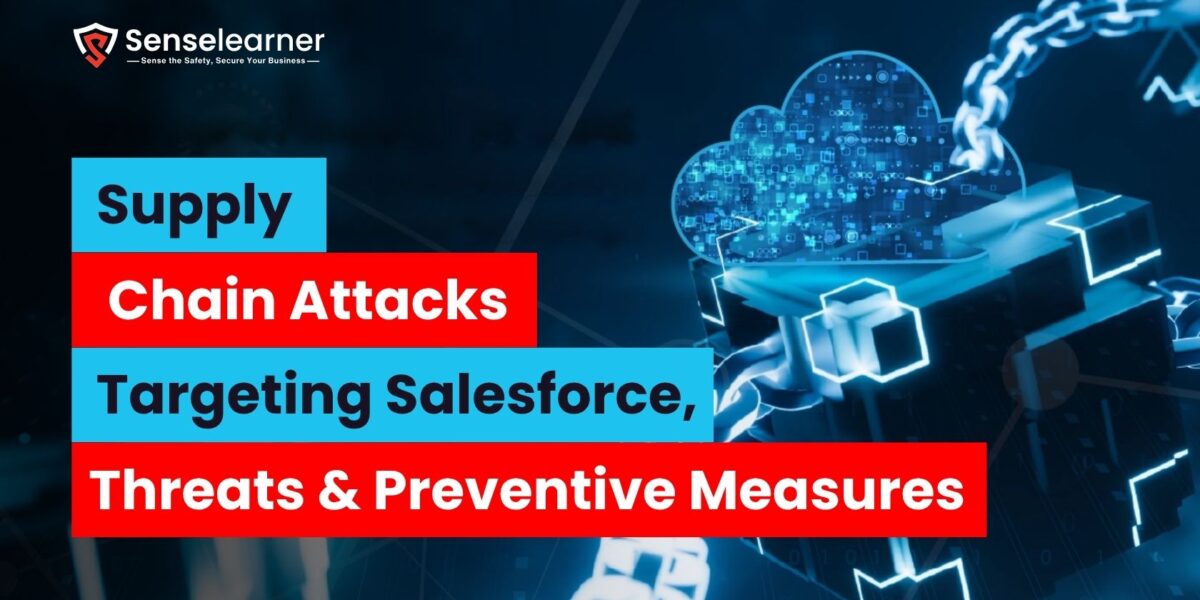Table of Contents
What is OWASP, and why is it important for every business in our interconnected world? This article describes the Open Web Application Security Project and outlines its renowned list of security threats that all organizations should be aware of. We’ll examine what OWASP does and why it has become a trusted resource for developers, business leaders, and security professionals globally. Each security risk will be defined in straightforward terms, along with real-world examples to illustrate how they could impact your business. By the end of this reading, you’ll have a clear understanding of these prevalent security threats and be equipped with practical steps to safeguard your applications and enhance the security of systems within your organization.
What is OWASP?
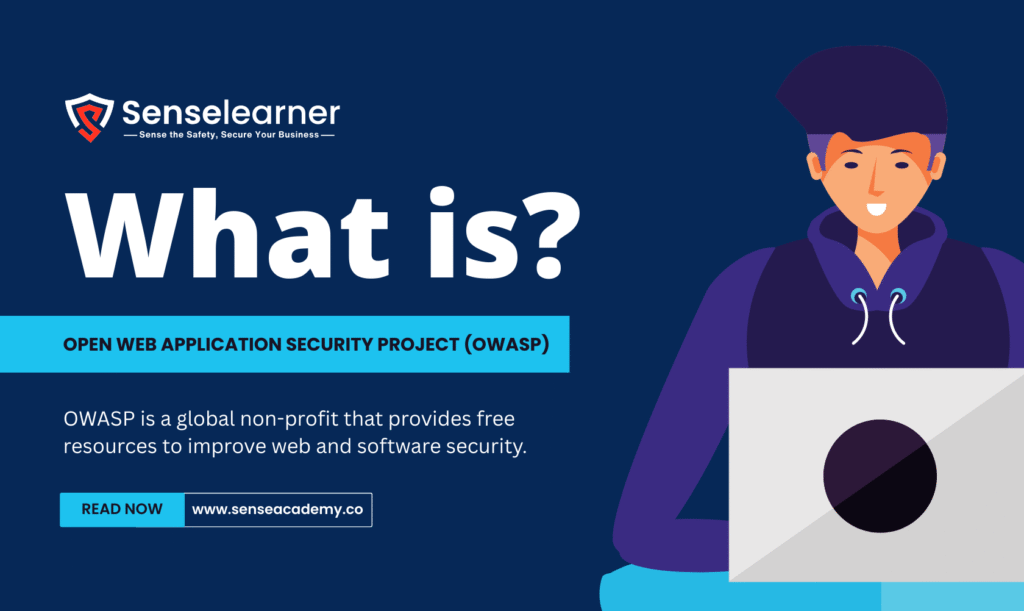
The Open Web Application Security Project (OWASP) is an international non-profit entity focused on enhancing the security of software and web applications. Founded in 2001, OWASP offers a variety of free and open resources—including tools, documentation, training, and community-led projects—that assist developers, businesses, and security professionals in building safer applications. Its goal is to make security visible and accessible to all, regardless of the industry or size of the company. In summary, OWASP serves not only as a resource but also as a benchmark-setting authority in the realm of application security.
The OWASP Top 10 is an internationally acknowledged compilation of the most significant security threats to web applications. It acts as a valuable resource for developers, organizations, and security teams to focus their protective measures. Updated frequently, this list represents current threats and establishes the standard for secure application development practices.
Visit 10 Best AI Code Generators Free and Paid
OWASP Top 10
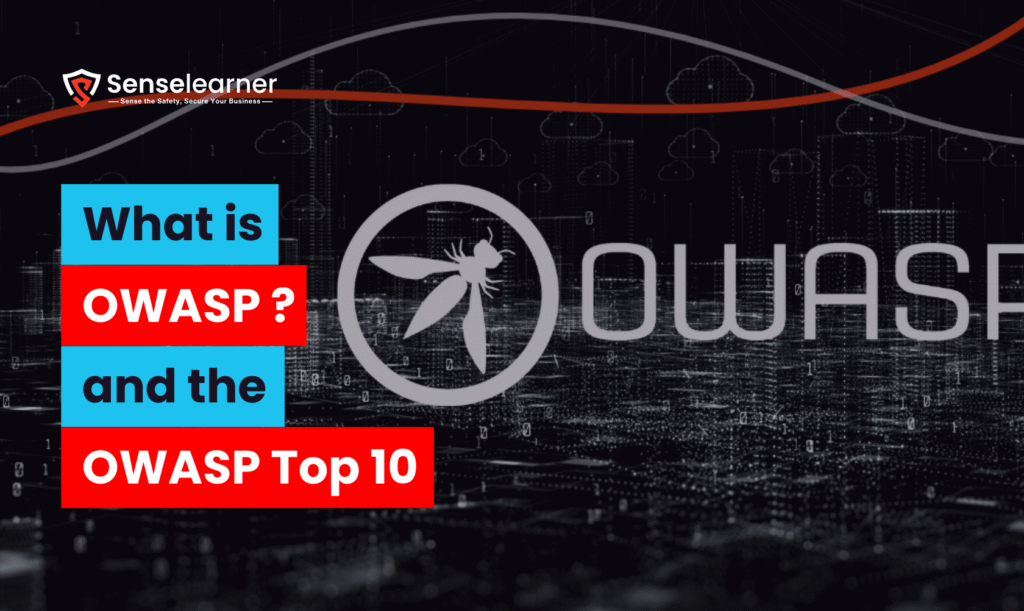
OWASP acts as a valuable resource for developers, organizations, and security teams to focus their protective measures.This list represents current threats and establishes the standard for secure application development practices.
1 Security Misconfiguration
It happens when applications, servers, or networks are incorrectly set up, creating vulnerabilities that attackers can take advantage of. This often involves problems such as utilizing default usernames and passwords, allowing unnecessary features, or operating outdated and unpatched services. Even minor oversights—like excessively detailed error messages—can expose sensitive information to outsiders. Misconfigurations rank among the most prevalent and preventable security threats. To combat this, organizations should consistently review their configurations, implement updates, and adhere to best practices for securing systems. A properly configured environment greatly decreases the likelihood of unauthorized access and data leaks.
2 Security logging and monitoring failure
Security logging and monitoring failures occur when systems inadequately record, track, or assess important security incidents. A lack of effective logging can lead to unnoticed suspicious activities, providing attackers with additional opportunities to exploit vulnerabilities. Frequent problems include absent alerts, incomplete logging, or a lack of real-time monitoring. These shortcomings hinder the detection, investigation, or rapid response to incidents. To mitigate this issue, organizations should implement centralized logging, establish actionable alerts, and perform regular log reviews. Robust monitoring allows for early identification of threats and minimizes the potential impact of breaches.
3 Software and Data Integrity Failures
This failure occurs when applications or systems depend on untrusted sources without adequate validation. This risk frequently involves insecure software updates, insufficiently secure CI/CD pipelines, or the use of external libraries that may harbor concealed threats. Attackers can take advantage of these vulnerabilities to inject harmful code or modify essential data. Such failures compromise the reliability and credibility of an application. To reduce the risk, organizations should implement code-signing, validate dependencies, and establish robust integrity checks. Incorporating security into the development pipeline guarantees that both software and data stay authentic and secure.
4 Outdated and vulnerable
components pose a significant security threat when applications depend on old libraries, plugins, or frameworks that have known vulnerabilities. These weaknesses are actively exploited by attackers as they are well-documented and typically easy to breach. Neglecting to update or patch these components leaves systems vulnerable, even if the application itself is well-architected. Examples commonly include outdated content management systems, insecure third-party libraries, or versions of software that are no longer supported. To mitigate this risk, organizations should keep a detailed inventory of all components, implement updates promptly, and eliminate anything that is no longer maintained. Consistent patch management is essential for ensuring the security and reliability of applications.
5 Insecure Design
Insecure Design refers to applications created without incorporating security considerations from the outset. This often occurs when systems are developed without adequate architectural planning, threat modeling, or necessary security measures. Consequently, even if the code itself is correct, the overall design can leave vulnerabilities for attackers to exploit. Unlike mere coding mistakes, insecure design signifies a more profound issue in the application’s structure. To combat this, organizations should implement secure-by-design principles, conduct threat modeling early in the process, and weave security into all stages of development. Integrating security from the ground up ensures lasting protection and resilience.
6 Server-Side Request Forgery (SSRF)
(SSRF) happens when an attacker deceives a server into making unauthorized requests to either internal or external systems. This can grant access to sensitive information, internal services, or even remote resources that are typically designed to remain secure. SSRF attacks frequently take advantage of insufficiently validated user inputs, allowing attackers to dictate where the server connects. Since the requests originate from a trusted server, they can circumvent firewalls and other protective measures. To mitigate this threat, applications must rigorously validate and sanitize all inputs, restrict outbound network access, and implement robust access controls. Tackling SSRF vulnerabilities proactively aids in safeguarding critical internal systems from potential exposure.
7 Broken Access Control
Broken Access Control occurs when applications do not correctly implement permission checks, which allows unauthorized users to gain access to confidential information or restricted functionalities. This vulnerability can result in data leaks, account hijacking, or unauthorized modifications to the system. Common problems include evading authorization checks, altering URLs, or taking advantage of insecure APIs. Given that access control represents a vital layer of security, flaws in this area often lead to significant repercussions. To address this issue, developers should adhere to the principle of least privilege, impose strict role-based permissions, and routinely evaluate authorization rules. Effective access control ensures that users can only execute actions they have been explicitly permitted to perform.
8 Cryptographic failures
Cryptographic failures occur when sensitive information is inadequately safeguarded due to weak, outdated, or improperly applied encryption methods. This can leave crucial data, like passwords, personal information, or financial records, vulnerable to unauthorized access. Common pitfalls include the use of insecure algorithms, weak encryption keys, or transmitting information without any encryption. To avoid this, organizations should implement strong encryption standards, manage keys securely, and enforce encryption both during transmission and while stored. Effective cryptography is essential for maintaining confidentiality and trust in digital environments.
Read What is Cyber Threat Hunting? Steps and Methods
9 Injection occurs
when harmful or untrusted input is incorporated into a query or command, enabling attackers to disrupt an application’s operation. Examples of this include SQL injection, NoSQL injection, and command injection, all of which can result in data breaches, unauthorized access, or complete system compromise. These types of attacks typically arise when user input is not adequately validated or sanitized. Given that injection vulnerabilities are prevalent and severely damaging, they continue to be a key focus in application security. To mitigate this risk, developers should implement parameterized queries, perform input validation, and adhere to secure coding standards. Preventing injection is crucial for safeguarding both data and the integrity of the system.
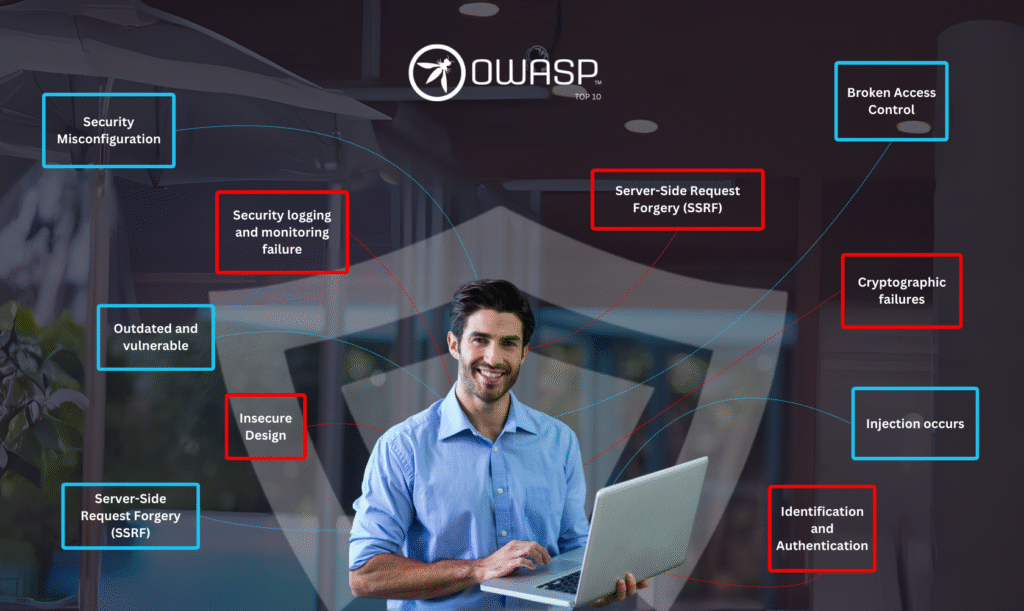
10 Identification and Authentication
Such failures arise when login and session management systems are inadequately protected, enabling attackers to exploit user accounts. Weak passwords, ineffective session management, or vulnerabilities in multi-factor authentication can facilitate unauthorized access. Once these accounts are compromised, attackers may masquerade as legitimate users, gaining entry to sensitive information or functionalities. Such vulnerabilities pose significant risks, particularly in systems that handle personal or financial data. To mitigate these risks, organizations should implement stringent authentication policies, protect session tokens, and utilize multi-factor authentication whenever feasible. Strong authentication practices are essential for safeguarding user identities and preserving trust in the system.
Also read Top 10 Vulnerabilities of OWASP
FAQ’s
Q1. What sets OWASP apart from other cybersecurity frameworks such as ISO 27001 or NIST, and why is it particularly relevant for developers?
In contrast to broader frameworks that encompass organizational security, OWASP targets application security vulnerabilities specifically. It offers practical guidance for developers, making it more useful for the processes of coding, testing, and designing secure applications.
Q2. Why is “Insecure Design” regarded as distinct from coding issues like Injection, and what effective measures can organizations take to tackle it?
Insecure Design points to weaknesses in the overall system architecture rather than merely coding mistakes. It can only be effectively addressed through secure-by-design methodologies, early threat modeling, and incorporating security considerations during the initial development stages.
Q3. With the rise of modern cloud-based applications, why do risks such as SSRF and Security Misconfiguration become more significant than in traditional environments?
In cloud settings, misconfigurations and SSRF can reveal internal services, metadata, or APIs that would typically stay concealed. This emphasizes the necessity for solid configuration management, network restrictions, and ongoing monitoring as essential components of cloud-native security.
Q4. How should organizations approach the prioritization of fixing OWASP Top 10 vulnerabilities when their resources are constrained?
Prioritization should consider factors like business impact, potential for exploitation, and level of exposure. Critical vulnerabilities such as Broken Access Control or Injection should be prioritized for immediate action, while continuous initiatives like patch management and secure design should be integrated into a long-term strategy.
Conclusion
The OWASP serves as an essential guide for recognizing and tackling the most significant threats in web application security. Issues such as Injection, Broken Access Control, and emerging risks like SSRF and Insecure Design underscore the vulnerabilities that applications face. By understanding each category and adopting preventative strategies, companies and developers can greatly diminish their risk exposure. However, security is not a one-time initiative; it demands ongoing updates, monitoring, and secure practices throughout the development process. Adopting OWASP’s guidelines not only enhances application robustness but also fosters trust with users who depend on secure digital interactions.
